This website will have information regarding many of spaces many wonders. Such as nebulas and galaxies. While this information will not be very complete as, say a person doing this for a living, I hope it will answer some of your questions about the universe.
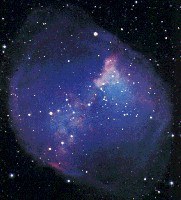
There are a couple of different types of nebulas. One type of nebula is called the planetary nebula. This is usually formed by a star going supernova. The nebula, when formed, looks like a planet, hence the name. These nebulas are not all alike and vary from each nebula.
The next type of nebula is called the diffuse nebula. This is mainly an accumulation of gasses that are lit by surrounding stars. It could also be just a ball of glowing gasses. One of the best examples of this nebula is called the Orions Nebula.
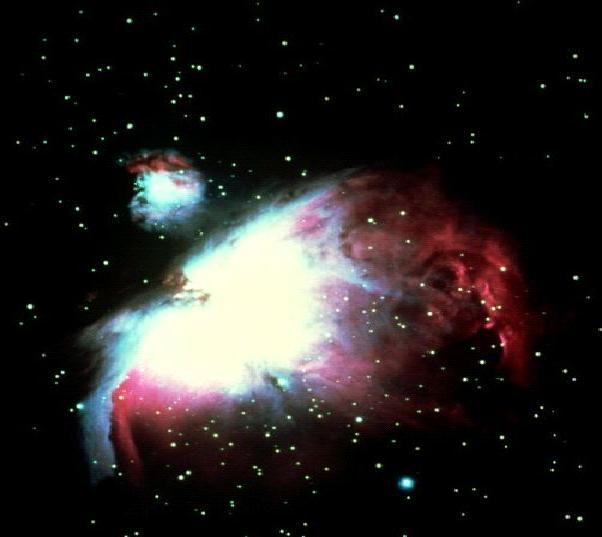
An Emission Nebula is a type of diffuse nebula. These are clouds of high temperature gas. The atoms in this nebula are energized by ultraviolet light from nearby stars. These nebulas also emmit radiation as they fall back to lower energy states. This type of nebula is usually red because the predominant emmission of hydrogen is red, these nubulas could also be of different colors, it all depends on what types of atoms are in this nebula.
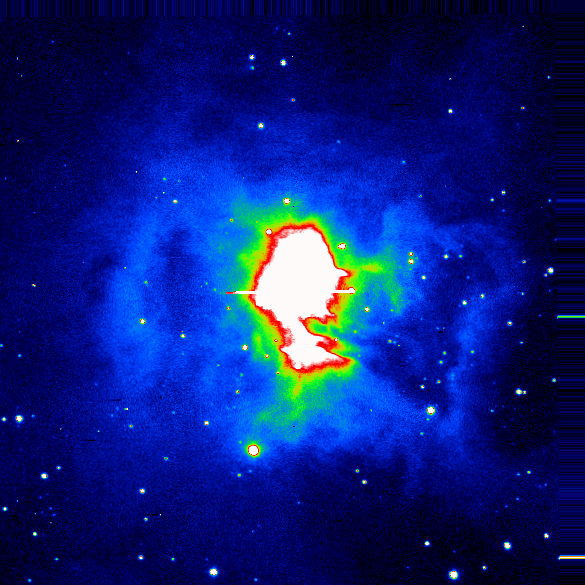
This type of nebula is also a type of Diffuse Nebula. This nebula reflects the light of nearby stars. This type of nebula is also usually the site of star formations. This nebula along with emmission nebula are usually just referred to as Diffuse Nebula.
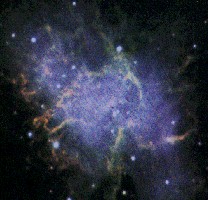
A Supernova Remnant Nebula basically forms as the result of a star going supernova. When a star goes supernova it emits as much energy as an entire galaxy. When it is done a large amount of the stars matter is blown all over space resulting in a Supernova Remnant Nebula. These nebulas aren't very big, only a few light years across.
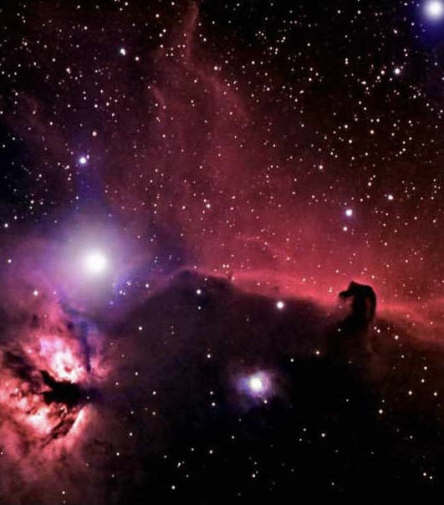
These nebulas are the most challenging to see because they obscure the light of stars making them very hard to see. The best example of this nebula is called the Horse Head Nebula. If you want to see dark nebulas without a telescope, just look up at the Milky Way and look for dark patches that look like stars should be there.
If you want to learn more detailed information about some specific nebulas click here
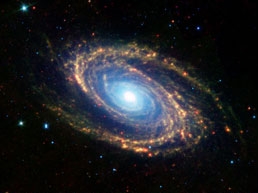
These galaxies consist of two main components: A flat large disk that contains a lot of interstellar matter and star clusters surrounding it. The Spiral galaxy gets it's name because it looks like a spiral. It consists of young stars (population 1 stars) and bulges of old stars (population 2 stars). The galaxy that the solar system is in is called the Milky Way galaxy and has hundreds of billions of stars in it.

The Lenticular type galaxies are like Spiral Galaxies but with out the spiral structure. These galaxies consist of population 2 stars only. This type galaxy is very similar to the elliptical type galaxy.
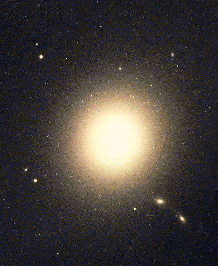
Elliptical galaxies are elliptical in shape, this is probably where it got its name. These galaxies contain little to no intersteller matter and are made up of population 2 stars only. They also have little or no global angular momentum.
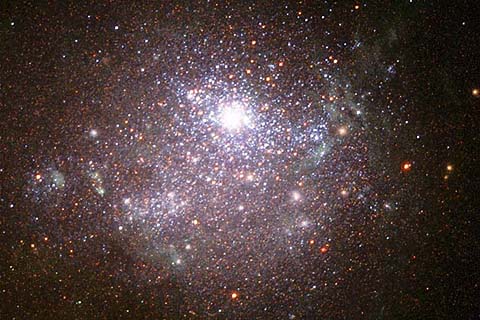
Irregular Galaxies often form by the distortion of gravitation from other galaxies. They are irregular in shape and made up of clumps of random stars.